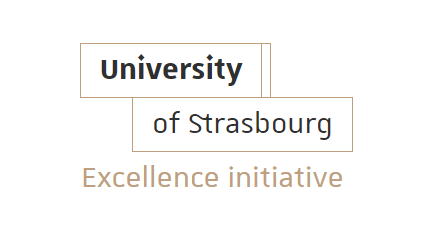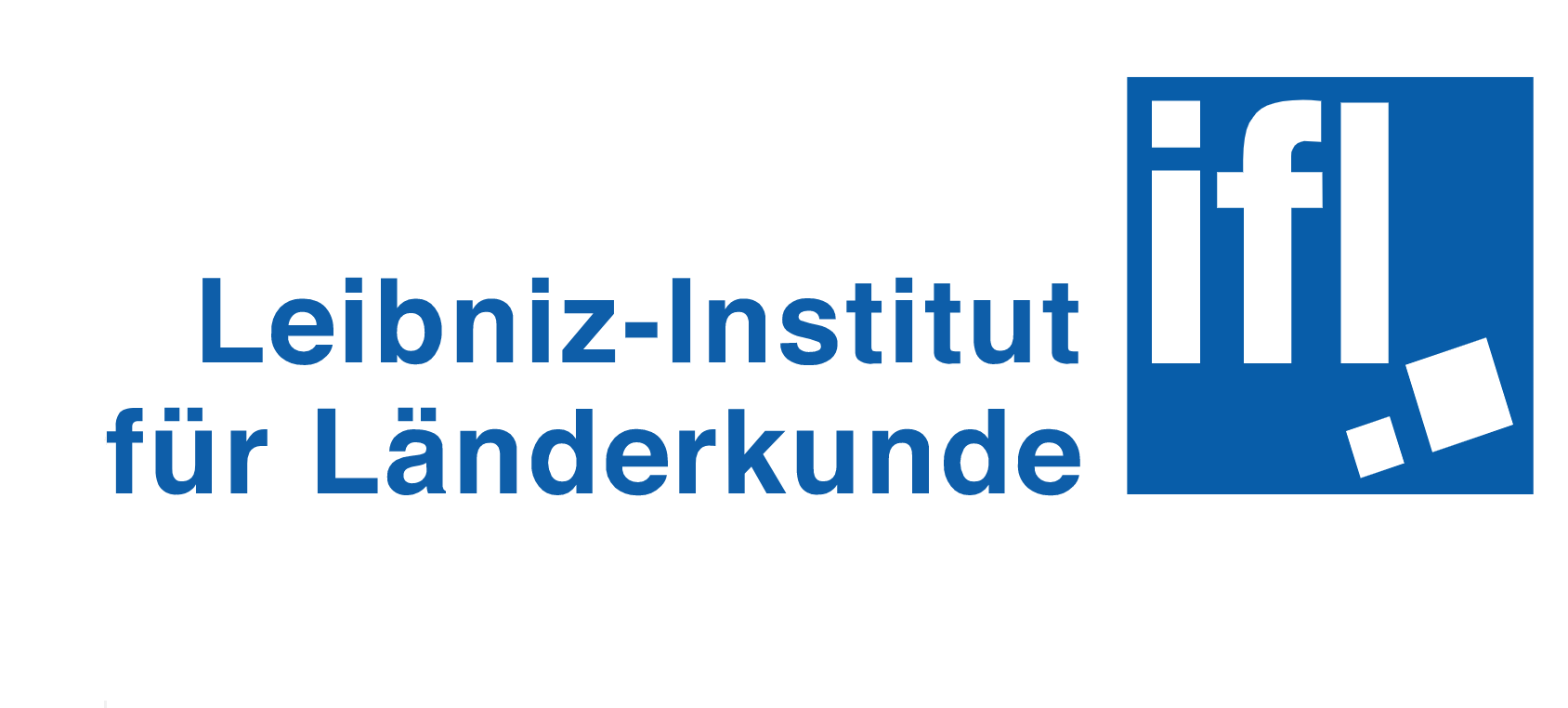Background
Social and spatial inequalities between and within core and peripheral regions have re-emerged as an acute political concern in developed economies. Such divisions have generated economic and social discontent and growing levels of political support for populist and nationalist parties in peripheral regions, particularly certain old industrial areas. This turmoil fuelled the Brexit vote in the UK and the election of Donald Trump in the US as well as support for the Rassemblement National (National Rally) and Gilets Jaunes (Yellow Vests) in France and the Alternative für Deutschland in Germany. In response, researchers, commentators and politicians have voiced concerns about the places ‘left behind’ by globalisation, technological innovation and social change. While welcome in increasing the political visibility of social and spatial inequalities, the ‘left behind’ category risks hiding and over-simplifying the different experiences and development paths of people and places.
This project focuses on peripheral regions characterised by out-migration, disconnection from networks, dependence on larger cities and discursive marginalisation. These processes of peripheralisation operate across different scales, affecting regions, sub-regions, settlements, neighbourhoods and individuals. Rather than remote rural peripheries, the research is concerned with the concept of ‘inner peripheries’ defined by their disconnection from external territories and networks, particularly urban regions and intermediate areas close to cities experiencing demographic and socio-economic stagnation or decline. Less is known about peripheralisation in these ‘inner peripheries’ compared to remote rural regions.
Informed by new economic geography and urban economics, ‘people-based’ approaches to regional inequality emphasise the benefits of urban agglomeration and migration from peripheral to core regions. Recent economic discontent and populism has, however, exposed this approach’s over-estimation of the capacity and willingness of individuals to move between disadvantaged and prosperous regions. Few studies have addressed ‘movers’ and ‘stayers’ in an integrated way.
The question of how peripheral regions are economically and socially reproduced and sustained represents another critical gap in knowledge. Little is known of residents’ employment and income-generating practices and the role of redistributive welfare transfers and public service access. Research has largely concentrated on macro-scale demographic and economic trends and firm and policy-maker strategies. Less attention has been given to the agency of ‘ordinary’ people coping with peripherality.
Based upon urban agglomeration, policy-makers have increasingly seen large cities as the principal engines of productivity and growth, assuming that prosperity would spread to their surrounding regions over time. Yet the limitations of agglomeration-thinking and ‘city centrism’ have become increasingly evident. In ‘winner-takes-all’ urbanism, ‘superstar’ metropolitan areas increasingly dominate the creation and attraction of economic resources, accentuating social and spatial inequalities and discontent. Attracting widening interest, new policy approaches for peripheral regions are needed.










.png)
.jpg)